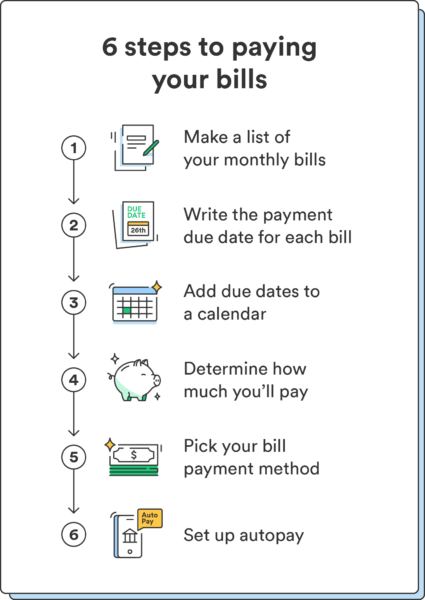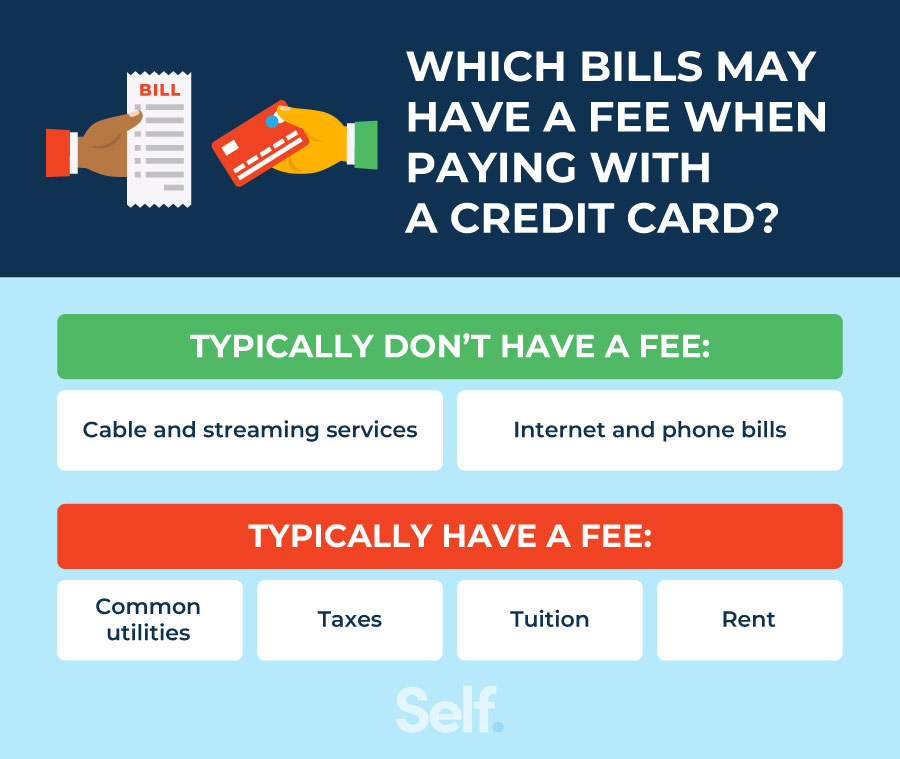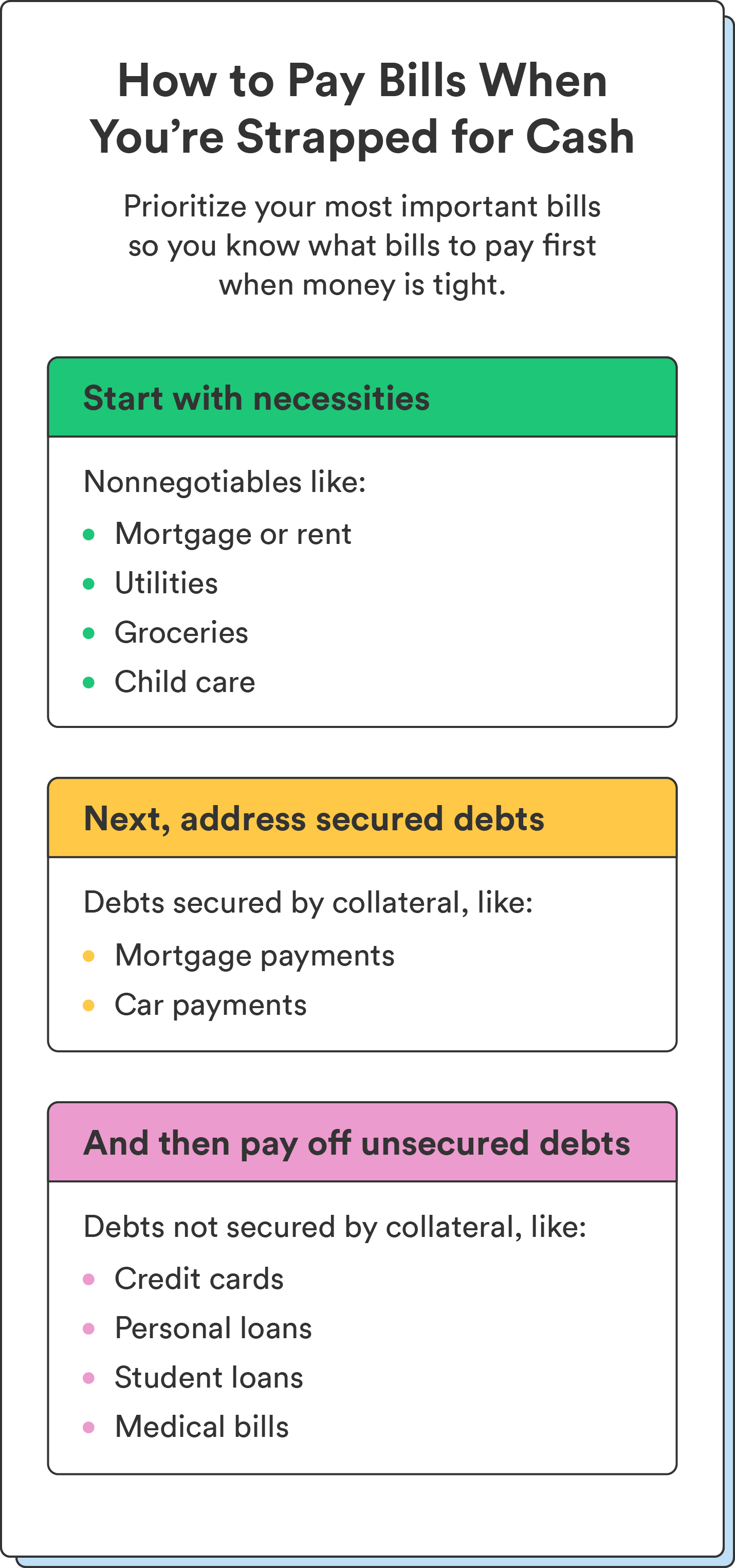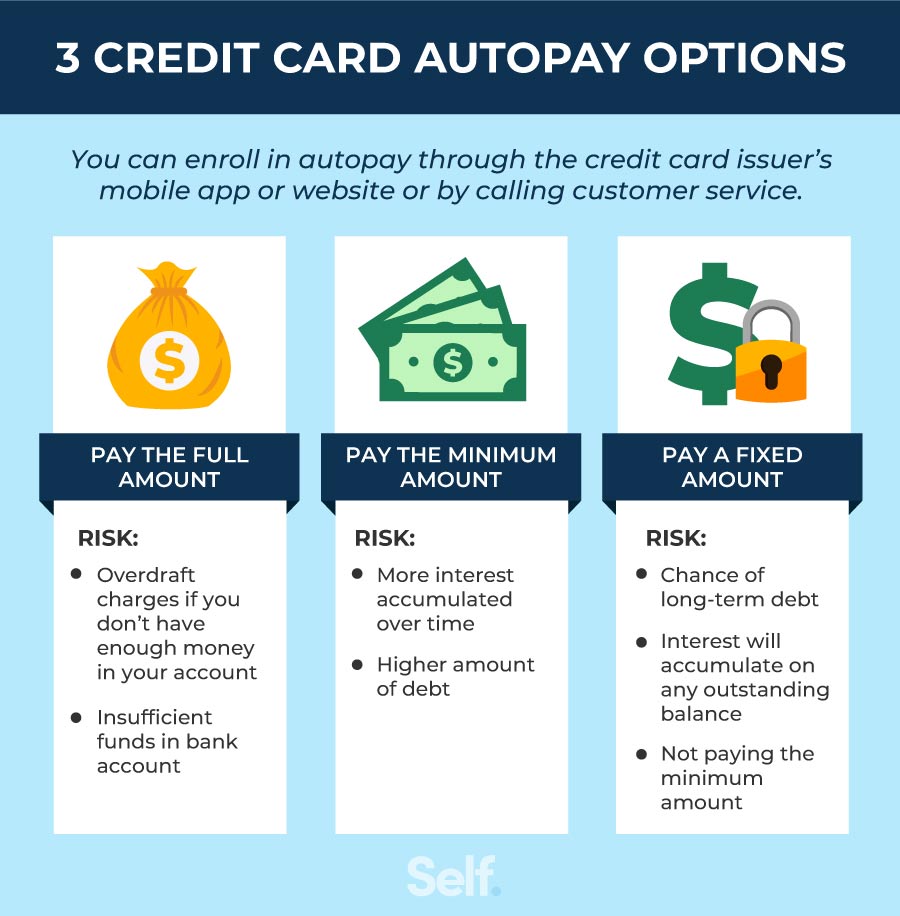Can You Pay For Hers Monthly

The promise of accessible and affordable healthcare, particularly for women, hangs in the balance as questions mount about the financial sustainability of online platforms offering subscription-based services. Hers, a prominent telehealth provider specializing in women's health and wellness, faces scrutiny regarding the long-term affordability of its monthly plans and the potential barriers to access they create for underserved communities. Can users truly "pay for Hers" monthly, consistently, and without sacrificing other essential needs?
The core issue revolves around the accessibility and affordability of subscription-based healthcare models like Hers, especially for women with varying financial circumstances. While these platforms tout convenience and lower upfront costs compared to traditional healthcare, concerns persist about the cumulative expenses, the lack of comprehensive coverage, and the potential for excluding individuals with limited disposable income, ultimately raising questions about whether the promised democratization of healthcare is truly being realized.
Understanding the Hers Subscription Model
Hers operates primarily on a subscription basis, offering monthly plans for various health concerns, including hair loss, skincare, mental health, and sexual health. These plans typically involve online consultations with healthcare providers and ongoing medication or product delivery.
The initial appeal lies in the convenience and the perceived lower cost compared to traditional doctor's visits and pharmacy purchases. However, the monthly fees can add up over time, potentially creating a financial burden for some users.
The Allure of Accessibility and Convenience
One of Hers' primary selling points is its accessibility. It provides a convenient way for women to access healthcare services from the comfort of their homes, eliminating the need for in-person appointments and potentially reducing wait times.
This accessibility is particularly appealing to women in rural areas or those with limited mobility. Furthermore, the platform offers a degree of privacy and discretion that may be attractive to those seeking sensitive health information or treatments.
The Financial Burden of Monthly Subscriptions
While Hers aims to offer affordable healthcare solutions, the monthly subscription fees can still pose a significant financial challenge for many women. The cost of these plans varies depending on the specific health concern and treatment plan.
Even seemingly small monthly fees can accumulate over time, particularly for those managing multiple health conditions or facing financial instability. This raises questions about the long-term affordability and sustainability of the subscription model for all users.
Examining the Affordability Factor
Affordability is a key concern when evaluating the accessibility of any healthcare service. Hers' subscription model may be more affordable than traditional healthcare for some, but it can still be a barrier for low-income individuals and families.
Data from various sources, including the Kaiser Family Foundation, consistently shows that healthcare costs are a significant burden for many Americans, particularly women, who often face higher healthcare expenses due to reproductive health needs.
This highlights the need to consider the financial impact of monthly subscriptions on individuals with limited disposable income. Can they truly afford to "pay for Hers" consistently without sacrificing other essential needs like food, housing, or transportation?
The Impact on Underserved Communities
The affordability issue disproportionately affects underserved communities, including women of color, low-income individuals, and those living in rural areas. These populations often face greater barriers to accessing traditional healthcare due to factors such as lack of insurance, limited transportation, and language barriers.
While Hers aims to bridge these gaps, the subscription model may inadvertently exacerbate existing inequalities. If these communities cannot afford the monthly fees, they may be excluded from accessing the platform's services, further widening the healthcare gap.
Exploring Alternative Options
It is crucial to explore alternative options that can make healthcare more affordable and accessible for all women. This includes expanding access to Medicaid, increasing funding for community health centers, and promoting telehealth services that are not solely reliant on subscription models.
Furthermore, healthcare providers and policymakers should work together to address the underlying factors that contribute to healthcare affordability issues, such as high drug prices and complex insurance regulations.
Hers' Response and Future Directions
Hers acknowledges the importance of affordability and is taking steps to address these concerns. The company offers some financial assistance programs and discounts for eligible individuals.
They also partner with various organizations to provide free or reduced-cost healthcare services to underserved communities. However, more needs to be done to ensure that its services are truly accessible to all women, regardless of their financial circumstances.
The Need for Transparency and Flexibility
Transparency regarding pricing and subscription terms is essential. Users should have a clear understanding of the costs involved and the potential financial implications of signing up for a monthly plan.
Offering more flexible payment options and tiered subscription plans could also help to make the platform more accessible to a wider range of users. This could involve offering lower-cost plans with limited services or allowing users to pay for individual consultations or treatments as needed.
Looking Ahead: Balancing Accessibility and Affordability
The future of subscription-based healthcare models like Hers hinges on the ability to balance accessibility with affordability. While these platforms offer undeniable convenience and potential cost savings, they must address the concerns about financial barriers to ensure that they are truly serving all women.
Ultimately, the success of these models will depend on their commitment to transparency, flexibility, and a genuine effort to make healthcare more affordable and accessible for everyone. The question of whether users can consistently "pay for Hers" monthly will remain a critical factor in evaluating the long-term viability and ethical implications of this emerging healthcare landscape.

















